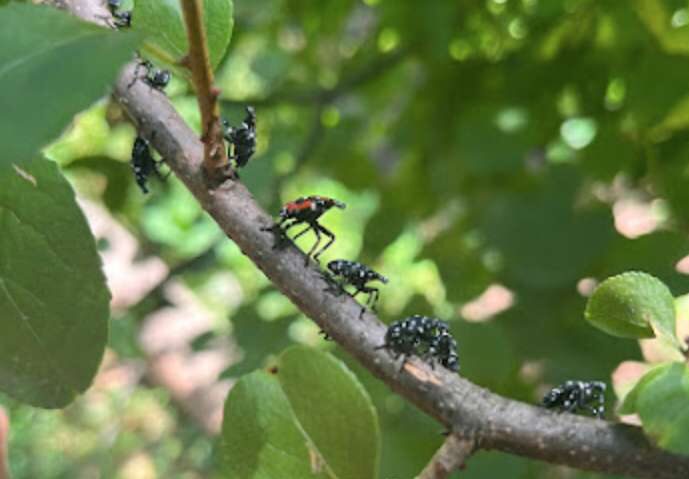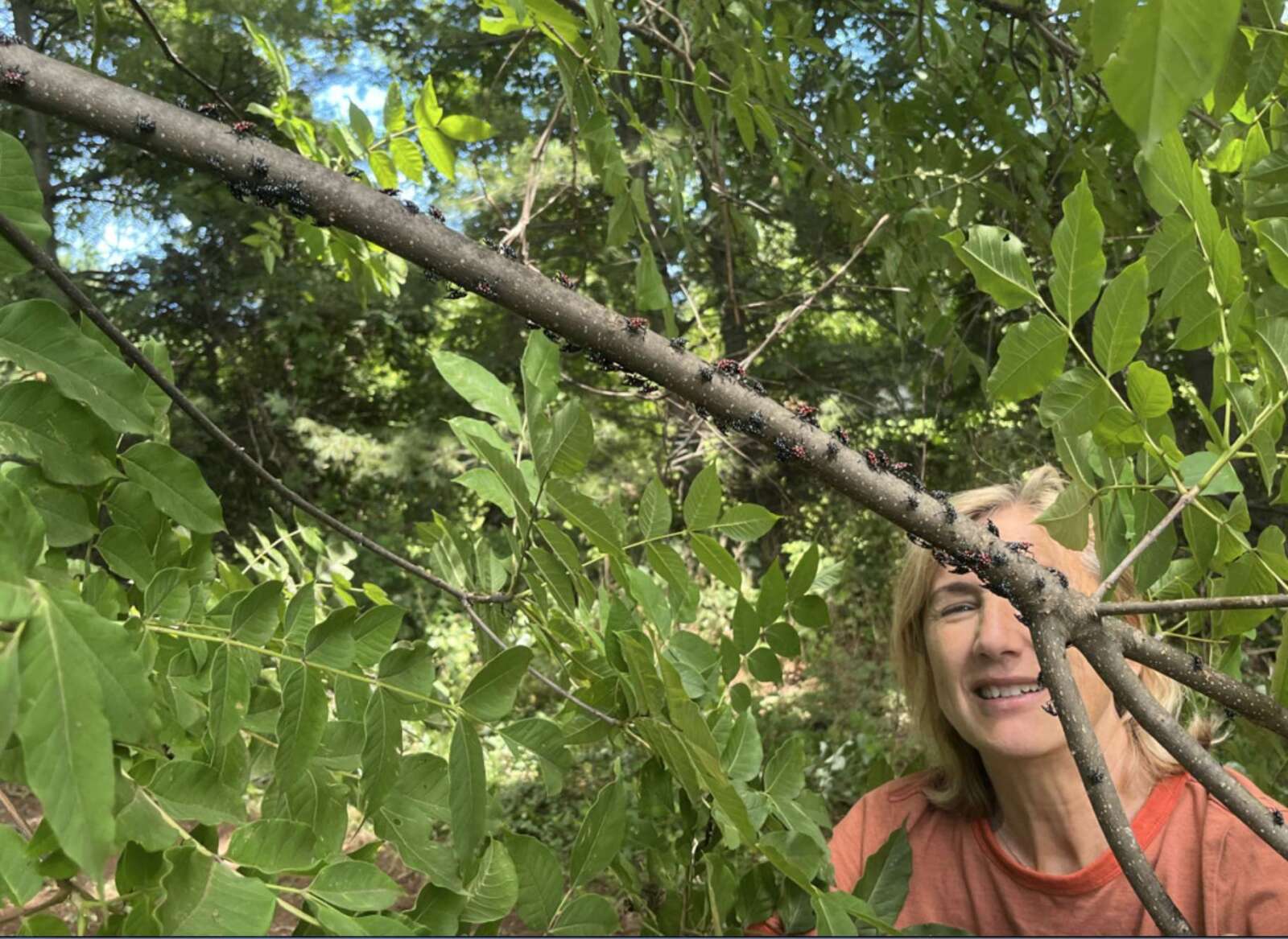(Updated at 10:15 p.m.) Residents in Arlington and Alexandria can now report suspected sightings of the spotted lanternfly, an invasive insect spreading around the region.
Master Gardeners of Northern Virginia has launched an online survey for people to report suspected cases of the spotted lanternfly. The organization is a volunteer group working to promote “environmentally sound gardening practices,” in partnership with Virginia Cooperative Extension, according to its website.
The survey asks people to report the location of the sighting and submit photos of what they have seen, among other information. If the insect shown in the survey is an actual spotted lanternfly, MGNV may then ask the sender to catch the insect and bring the sample to the organization.
“It may not be necessary for somebody to collect the sample, but we definitely would like pictures,” said Cordelia Collinson, a summer intern who helped to set up the form.
Spotted lanternflies are currently present in several Northern Virginia counties, spanning from Augusta to Prince William, according to a national distribution map from the New York State Integrated Pest Management Program.
The invasive insect was first detected in the state in Frederick County back in 2018. Collinson and others working on the reporting project saw the bug in Leesburg, in Loudoun County, last week as well.
“The spotted lanternfly is spreading throughout Virginia, we predict that it is coming towards us, we just don’t know when,” Collinson said.
This insect is a “potentially very serious” pest that targets grapes, peaches, hops and other agricultural crops, according to an information webpage from Virginia Cooperative Extension. It was first discovered in the U.S. in Pennsylvania in 2014.
“Just going off from the damage that happened in Pennsylvania to agricultural crops, that’s concerning for Virginia agriculturalists, especially for the grape industry, the vineyards, and also apple orchards,” Collinson said.
The state is concerned about spotted lanternflies because they are swarm feeders that suck juice out of plants, where hundreds of them may feed on the same plant at once, which may cause significant damage, Collinson said.
She added that the insect also leaves behind a sweet excrement that promotes the growth of a black mold and can attract insects like wasps. An infestation of spotted lanternflies may lead to a quarantine, where businesses in the area need to get a government permit and inspect their goods leaving the area, according to the Virginia Department of Agriculture and Consumer Services.
“Shipping and different product transportation [will be] a bit more regulated because [the state wants] to make sure that no spotted lanternflies are hiding under goods or on the other side of the truck, because that’s how they spread primarily,” Collinson said.
Spotted lanternflies are usually in their nymph stage right now and will become adults in late July. As nymphs, they are either black with white spots or red with black stripes and white dots before becoming adults. As adults, spotted lanternflies have wings around an inch long that are tan with black spots on the outside and red patches on the inside, Collinson said.



